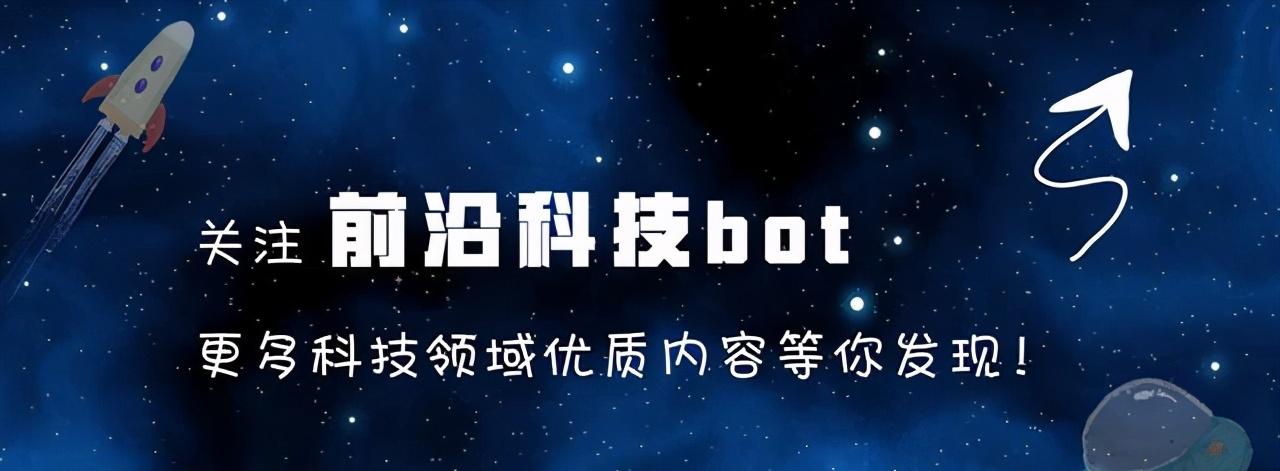
3D printing has once again refreshed the author's cognition, not only can print houses, print robots, print breathing valve parts that can save lives during the epidemic, and use 3D printing to print things that can also be used as "undercover" in a fake way.
This time, 3D printing technology has made a great contribution to the fight against the illegal marine animal trade chain, which sounds a bit interesting, let's look down.
Researcher Helen Pheasey, a bioprotectologist at the Darrell Institute for Conservation at the University of Kent in the United Kingdom, took inspiration from the crime tv series Breaking Bad and The Wire of Fire to sneak GPS-mounted 3D printed turtle eggs into the nests of turtle eggs in an attempt to find chains of illegal trade in turtle eggs.
Turtles have been listed as endangered animals, so it is illegal to sell turtle shells and turtle eggs.
Then, the unsuspecting turtle egg seller was thus recruited! The researchers also discovered a 137-kilometer-long chain of illegal trade!
Cross-section of a 3D printed turtle egg fitted with GPS
Let's take a look at how the researchers did it
<h1 class="pgc-h-arrow-right" > 25% of fake turtle eggs fooled poachers, and the location showed that some went into the house and some went to the bar</h1>
Turtle eggs are considered a delicacy in Costa Rica, so there are plenty of turtle egg sellers who sell them to restaurants and bars for $1 each, typically with up to 100 eggs per nest, which is undoubtedly a big deal.
Despite patrolling on the beaches, poachers are still rampant in Costa Rica and the Caribbean. So Helen Pheasey had the idea of putting a GPS in a 3D printed turtle egg to see if he could trick the turtle egg sellers into tracking their whereabouts.
Helen holds a bait turtle egg, and a sea turtle on the beach
These 3D printed turtle eggs, known as InvestEGGators, are housed in 101 turtle nests on four beaches in Costa Rica. According to the researchers, a quarter of the fake eggs ended up being stolen from five dens by poachers, two of which belonged to two nests of green sea turtles and three to the nests of olive turtles.
Green sea turtle (left); Olive turtle (right)
After the fake turtle eggs are stolen, researchers can locate the poachers through GPS. The location showed that one of them approached a house and then lost the signal, while the other reached a bar two kilometres away.
Helen Pheasey said, "We did it." They found a 137-kilometer-long track that traced what they thought was the end consumer.
Helen works closely with Sarah Otterstrom, executive director of biodiversity conservation group Paso Pacifico, which says, "The biggest challenge is to keep turtle eggs secretly in nests that could be stolen by poachers, as this can sometimes be difficult to predict." The most memorable thing was to watch the turtle eggs show their whereabouts on the computer and realize that they had moved from the coast to a market in San Jose, Costa Rica, and then to a residential area. The document documents the entire illicit trade chain and identifies potential points of trade that law enforcement and governments can use in the future. ”
But Helen added that no one was arrested and had no legal consequences for the experiment. "This is mainly to test the abilities of these turtle eggs."
<h1 class="pgc-h-arrow-right" > researchers hope to build animal protection awareness among more people</h1>
The results of the study were also published in Cell, where lead author Helen Pheasey is a conservation biologist at the Darrell Institute for Conservation at the University of Kent.
Helen said he now hopes to invite more people to participate in the project, saying that "if people can join the turtle monitoring project and personally deploy some turtle eggs, it will be very interesting to observe the challenges they face in different places."
In fact, researchers like Helen are familiar with the local illegal poachers and know who they are. "We're more interested in taking this technology to a larger scale," meaning the researchers hope to find more poachers across the country and even get the tool used by governments and law enforcement.
However, these measures often treat the symptoms rather than the root causes.
"The job that really benefits turtle conservation is education, providing more employment opportunities for people so they don't have to illegally resell wildlife resources," Helen said. So improving literacy rates in the region and providing better health care and education will all come into play with this enforcement tool. ”
Today, Helen and bioprotection group Paso Pacifico are discussing the concept of designing shark fin and parrot egg bait trackers with local and international partners, but the design part is still in the very early stages.
Finally, as the researchers say, technology to track poachers is ultimately just a stop from the outside, and in the final analysis, improving the inherent personal literacy is the key to protecting animals.